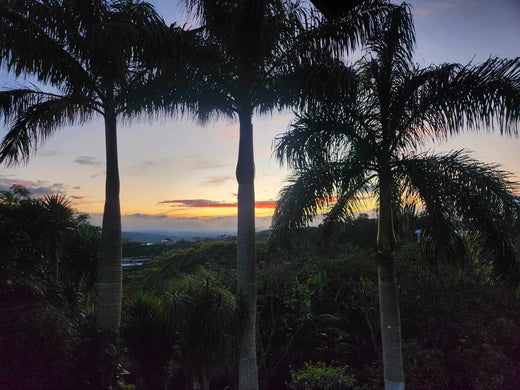Over the holidays, I had the opportunity to explore Costa Rica. Between meetings with coffee plant and fruit tree suppliers, and battling colossal ants to prepare a wheelchair-accessible Airbnb space, I also ventured into various restaurants.
In Costa Rica, like many other countries, some establishments proudly display handicap accessible signs, but the actual accessibility can vary widely. Some places genuinely cater to individuals with mobility challenges, providing appropriate ramps, wide doorways, and accessible facilities. On the flip side, there were instances where these signs seemed misleading, as the establishments were not adequately equipped for individuals with disabilities.
The discrepancy in the accuracy of handicap accessible signs is not unique to Costa Rica. In the United States and other countries, similar challenges persist. Signage may indicate accessibility, but the definition of what that entails can be subjective and, in some cases, misunderstood by business owners.
To address this issue in the United States, there are specific laws in place outlining architectural minimums for accessibility. These laws, enforced by the Americans with Disabilities Act (ADA), set standards to ensure that buildings and public spaces are designed to accommodate individuals with disabilities. For those interested in the specifics, here is a link to the ADA building code.
However, it's important to note that building codes vary from country to country. In Costa Rica, for example, the regulations and standards related to accessibility differ from those in the United States. Here is a link to some Costa Rican legislation. Understanding these differences is crucial for both locals and tourists alike. I’ll dive into this more in later articles.
As we reflect on our experiences in various countries, it is evident that the issue of accessibility is a global concern. Misleading signage and varying standards can create challenges for individuals with disabilities, emphasizing the importance of continued advocacy, education, and international collaboration to foster truly inclusive environments worldwide.

